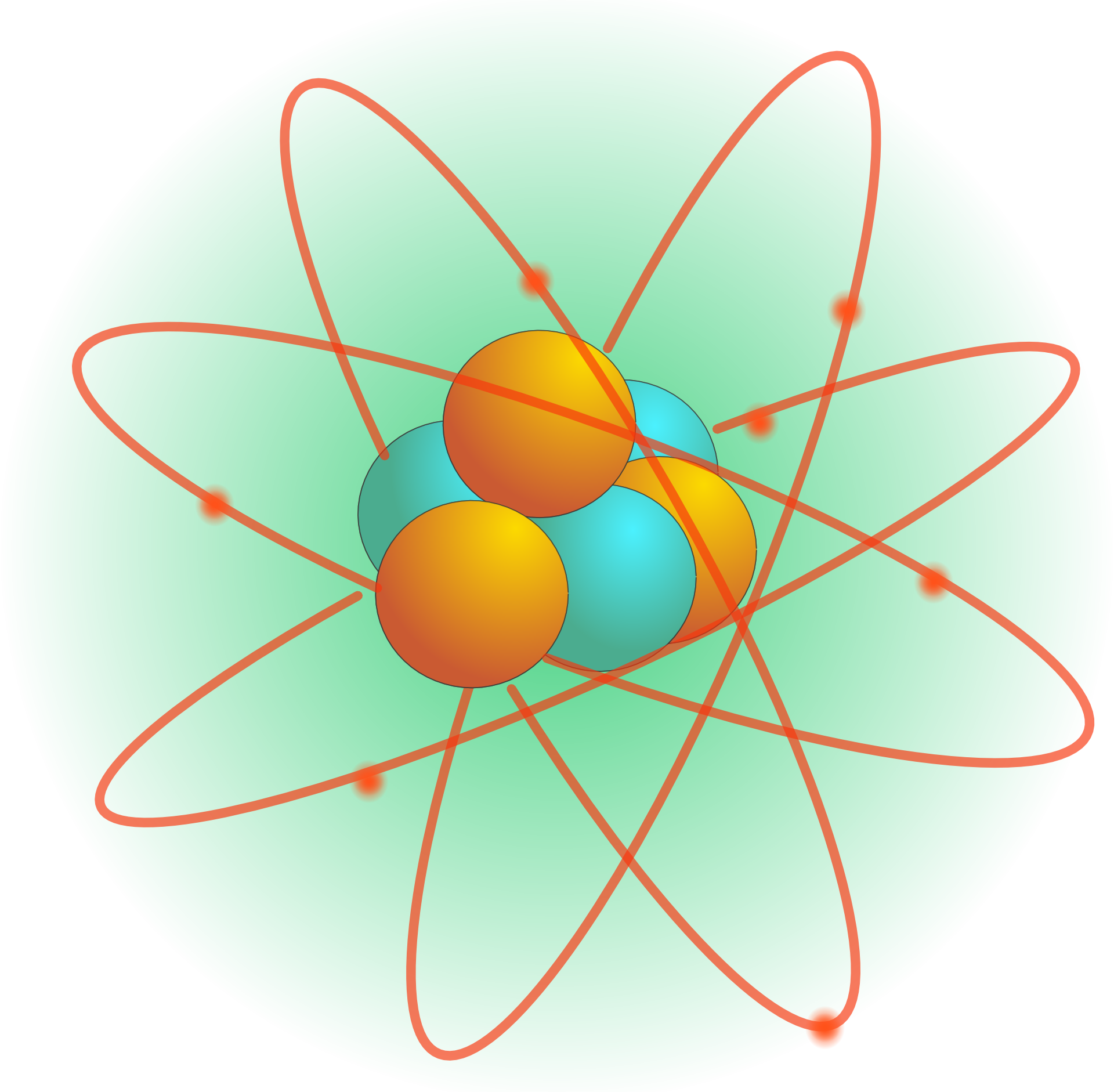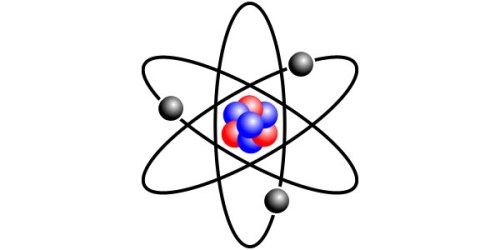

But Muller and his colleagues' new study in Science describes capturing multiple layers tens to hundreds of atoms thick. Previously, electron ptychography had only been used to image extremely flat samples just one to a few atoms thick. Based on the speckle pattern generated by billions of these electrons as they hit a detector, machine-learning algorithms can calculate where the atoms were in the sample and what their shapes might be, thus creating an image. Although Muller cannot see the targets, he can detect where the “dodgeballs” end up. The dodgeballs are electrons, and their targets are individual atoms. Cornell physicist David Muller likens the technique to playing dodgeball against opponents who are standing in the dark. The beam moves infinitesimally as the electrons are fired, so they hit the sample from slightly different angles-sometimes they pass through cleanly other times they collide with atoms and bounce around inside the sample before exiting. It involves shooting a beam of electrons, about a billion per second, at a target material. The scientists obtained the image using a technique called electron ptychography. Their imaging process could help develop materials for designing more powerful and efficient phones, computers and other electronics, as well as longer-lasting batteries. To create it, Cornell University researchers captured a sample from a crystal in three dimensions and magnified it 100 million times, doubling the resolution that earned the same scientists a Guinness World Record in 2018. The team studied a material that is promising for green hydrogen production but the experimental technology they have developed can be used for many different applications.ĭr Nick Clark said: "This is a milestone achievement and it is only the beginning - we are already looking to use this technique to support development of materials for sustainable chemical processing, needed to achieve the world's net zero ambitions.Behold the highest-resolution image of atoms ever taken. The liquid was found to speed up the motion of the atoms and also change their preferred resting sites with respect to the underlying solid. This novel design allowed them to provide precisely controlled liquid layers, enabling the unprecedented videos to be captured showing the single atoms 'swimming' around surrounded by liquid.īy analysing how the atoms moved in the videos and comparing to theoretical insights provided by colleagues at Cambridge University, the researchers were able to understand the effect of the liquid on atomic behaviour. A 2D layer of molybdenum disulphide was fully suspended in liquid and encapsulated by graphene windows. Professor Roman Gorbachev has pioneered the stacking of 2D materials for electronics but here his group have used those same techniques to develop a 'double graphene liquid cell'. First author, Dr Nick Clark explained: "In our work we show that misleading information is provided if the atomic behaviour is studied in vacuum instead of using our liquid cells."

However, the TEM instrument requires a high vacuum environment, and the structure of materials changes in a vacuum. Transmission electron microscopy (TEM) is one of only few techniques that allows individual atoms to be seen and analysed. One of the reasons information is missing is the absence of techniques able to yield experimental data for solid-liquid interfaces." One of the lead researchers, Professor Sarah Haigh, commented: "Given the widespread industrial and scientific importance of such behaviour it is truly surprising how much we still have to learn about the fundamentals of how atoms behave on surfaces in contact with liquids. Such atomic scale interactions at solid-liquid interfaces govern the behaviour of batteries and fuel cells for clean electricity generation, as well as determining the efficiency of clean water generation and underpinning many biological processes.

When a solid surface is in contact with a liquid, both substances change their configuration in response to the proximity of the other. The findings could have widespread impact on the future development of green technologies such as hydrogen production. The team were able to capture images of single atoms 'swimming' in liquid for the first time. Publishing in the journal, Nature, the team led by researchers based at the National Graphene Institute (NGI) used stacks of 2D materials like graphene to trap liquid in order to further understand how the presence of liquid changes the behaviour of the solid.


 0 kommentar(er)
0 kommentar(er)
